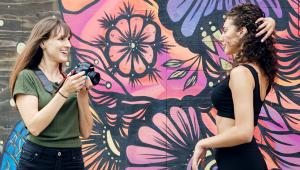Exploring Light: 7 Tips for Terrific Travel Photography

(Editor's Note: Exploring Light is a new monthly Shutterbug column featuring tips, tricks, and photo advice from professional photographers in Canon's Explorers of Light education program. This month's column is by Bruce Dorn on how to shoot better travel photos.)
I’ve been a full-time photographer and filmmaker for more than forty years. My career began with dramatically lit fashion collections and evolved to include advertising, automotive, lifestyle, annual reports and, lately, extreme sports. I also produce television commercials. If you’ve ever watched TV or thumbed through a magazine, you’ve seen my work many, many times.
The common denominator in all of my non-studio work is a beautiful and scenic landscape. I travel a lot, for both work and for pleasure, and as I do, I’m always on the lookout for new and unique shooting locations. That means I am, for all practical purposes, a full-time travel photographer. Here are seven travel photography tips I’ve gleaned from my extensive photo-centric travels.
1. Timing is Everything
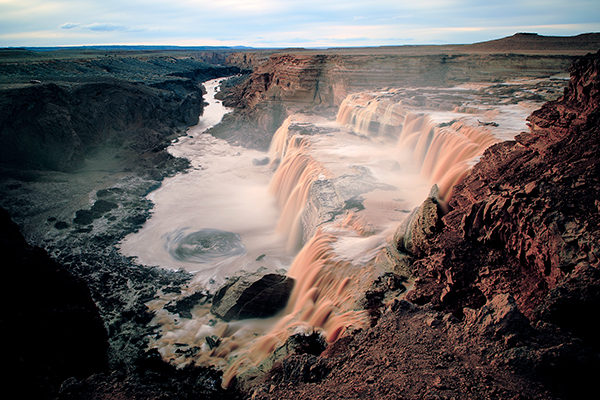
Great timing is essential to all successful ventures and travel photography is no different. The much-photographed Victoria Falls is always magnificent but visually quite different depending upon the flow rate of the mighty Zambezi River. Arizona’s little-known Chocolate Falls is either a magnificent cascade or just another dry desert cliff, depending upon rate of snow melt in the nearby San Francisco Peaks.
Africa’s Mara River is a lazy and unimpressive body of water between Kenya and Tanzania unless a few hundred thousand slowly grazing wildebeest happen to suddenly decide that they are on the wrong side and start coming across. Oh sure, there are always some log-like crocodiles lazing about, but that view is nothing compared to the predatory chaos that explodes when the first dim-witted zebra or gnu of the Great Migration decides to foolishly wet his whistle in the croc-infested stream.
Yep, timing is everything. You’re either in the “right place at the right time," or you’re not…and you've missed the shot.
2. Research Wisely
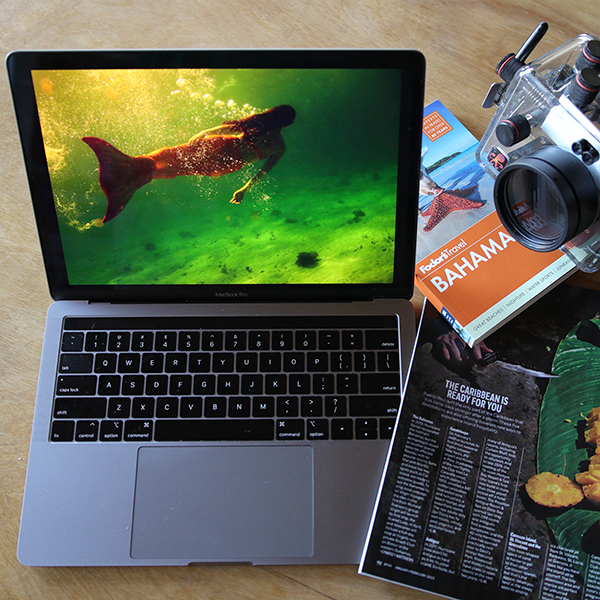
When you travel is as important as where you travel so educate yourself and choose wisely. If you can control your travel time, do so. If your travel opportunities are, by necessity, tacked onto the coattails of business travel, do your research and learn what sorts of photographic opportunities might have otherwise gone unnoticed. Photo-friendly festivals and religious ceremonies cannot attract attendees without publishing a schedule so unleash Google and do your homework.
Web-based research should focus on area-specific Facebook Groups, Instagram location hashtags, and tourism offices. If you prefer paper over web-sourced reference materials, try visiting your local bookstore and check-out guidebooks from Lonely Planet, Fodor’s, Frommer’s, and Moon. If you’re a backpacker, look into acquiring the appropriate USGS Topographical maps. Regional camera clubs can be a great resource as well.
Once I reach an area of interest, I pop into a local bookstore and check out the regional books and photo calendars.
3. Know When to Shoot

Once you’ve determined the best days for a particular area, you must determine the best time-of-day for the local geography and images you hope to capture. Midday is usually best reserved for a siesta - or a transit between morning and afternoon locations - but there are notable exceptions; Southwestern sandstone slot canyon and deep urban traffic corridors both yield their best imagery at high noon, when the sun is steeply overhead. That said, the majority of wide-open exterior locations are in their most photogenic state during the few hours on either side of sunrise and sunset. They don’t call these times of day Magic Hour for nothing.
During mediocre midday light, I generally download and process images or grab a nap. If I’m feeling ambitious, I’ll scout for nearby locations that I feel will be productive under better light. If my travel schedule demands laying down serious road miles each day, midday is when I put the hammer down. If the itinerary is up to me, I never travel during sunrise and sunset, only during midday or night.
4. Dress for Success
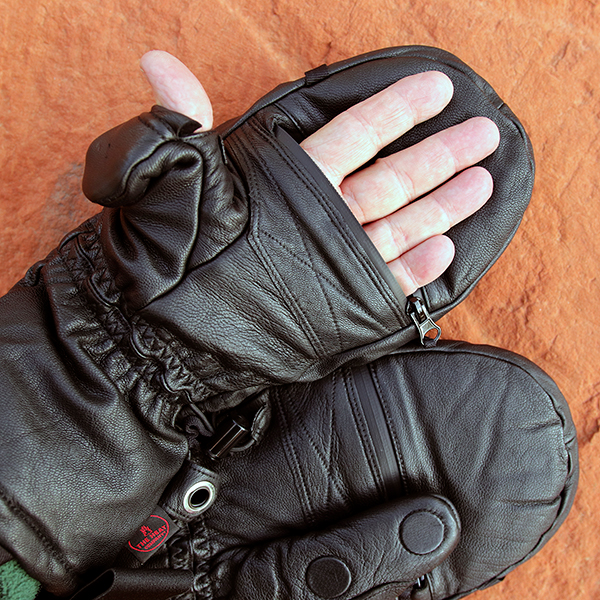
Don’t fear bad weather, chase it! Some of the most compelling images I’ve ever seen have come from photographers unafraid of working in challenging weather conditions. Cold, wet, cold-and-wet, hot, dry, or windy - there’s no such thing as bad weather – only bad clothing choices.
Outerwear: Rain will make the unprepared miserable but cold weather can kill you. During my career, I’ve worked in temperatures as low as -40F and as high as 120F. Heat is horrible but cold can incapacitate you in minutes. Increasing interest in adventure travel has resulted in huge advances in extreme outerwear so shop around. Avoid cotton, dress in layers, and make choices based upon whether you are active - snowshoeing into the backcountry, for example - or sedentary, as when ensconced in a cramped and damp game blind. Dress accordingly.
Gloves: We have to operate precision machines in freezing conditions so well-designed gloves are a must. Be sure to look for gloves that can be layered and still allow the manipulation of tiny touch-sensitive LCD screens.
Boots: Don’t scrimp on footwear! Waders, river sandals, rock climbing shoes, or ice-ready mukluks – each has its place. Dress appropriately, and get out there, no matter what the weather.
5. Ask a Local

Hunting and climbing guides, countermen at local camera stores, tour bus drivers, any and all local “experts” are great sources for regional photographic honey-holes. Seek them out. Try trading photo lessons for local expertise - it’s a win-win when you find the right local. I’ve also been known to take a commercial tour bus for a quick reconnoiter of a new city, returning the following day to spend more time at the most promising locations. Hiring a fishing guide’s dory for a leisurely float down a remote river can be very productive too.
Local knowledge is the best way to avoid wasting time on photographic clichés. If you want to be depressed, visit the spots that have been over-shared on Instagram. If you find someplace pristine, do us all a favor and keep it to yourself.
6. Gear Up - Or Down!
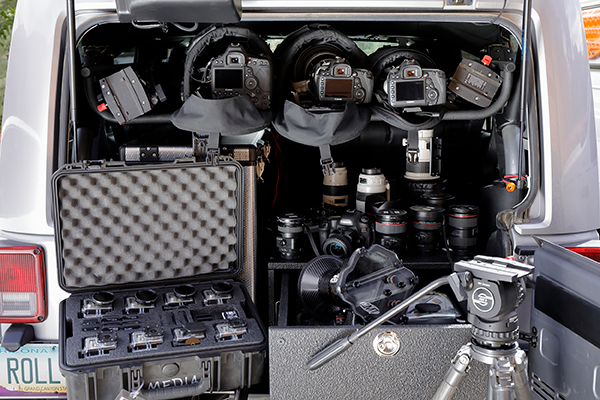
It's often stated that, “it’s the craftsman, not the tool,” that really matters. While that may indeed be true for writers and their choice of word processors, things definitely get more complicated when we're talking about photographers and their choice of camera equipment. At its foundation, photography is both an art and a mechanical craft and craftsmen benefit from having a variety of special-purpose tools at their disposal. I know I have. That said, less is sometimes more. When traveling, I choose my camera kit according to my mode of transportation and my shooting location’s accessibility. While I would love to have every single tool on every single job, It’s simply not practical.
7. Embrace Serendipity
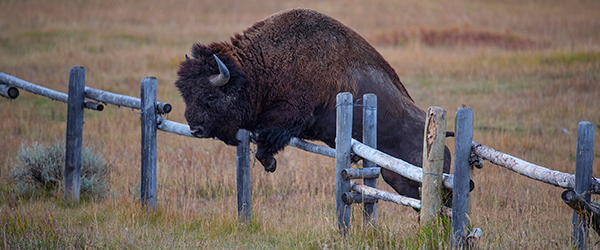
My best images are usually the result of ample time afield and serendipity. While I love cameras - and camera gadgets! - I strongly encourage travel photographers to spend more money on travel time than they do on gear. “F8 and be there” is a hoary trope but it still rings true. Your 80 squillion megapickle mirrorless wonder machine won’t produce squat if you aren’t out there shooting. Once you are out there, leveraging your regional knowledge and optimizing your time, be alert to serendipitous opportunities. Always have your camera close at hand with its settings regularly updated to match the current shooting conditions. When something unexpected and marvelous pops into view you must be ready. That’s my definition of embracing serendipity! Have fun, be safe, and bring home great memories.
Bruce Dorn has been a professional photographer/cinematographer for 45 years and a member of the Directors Guild of America for 35 years. Bruce is a Canon Explorer Light, an ARRI Ambassador, a SanDisk Extreme Pro, Western Digital Creative Master, Westcott Top Pro, Light & Motion Ambassador, Tiffen Steadicam Pro, Corel Painter Master, and a Member of the Adobe Dream Team. Bruce seems nice but Chuck Norris trembles at the mere sound of his name.
You can find Bruce on social media:
Instagram: @dorn.bruce
Facebook: bruce.dorn
Website: www.brucedorn.com
- Log in or register to post comments



